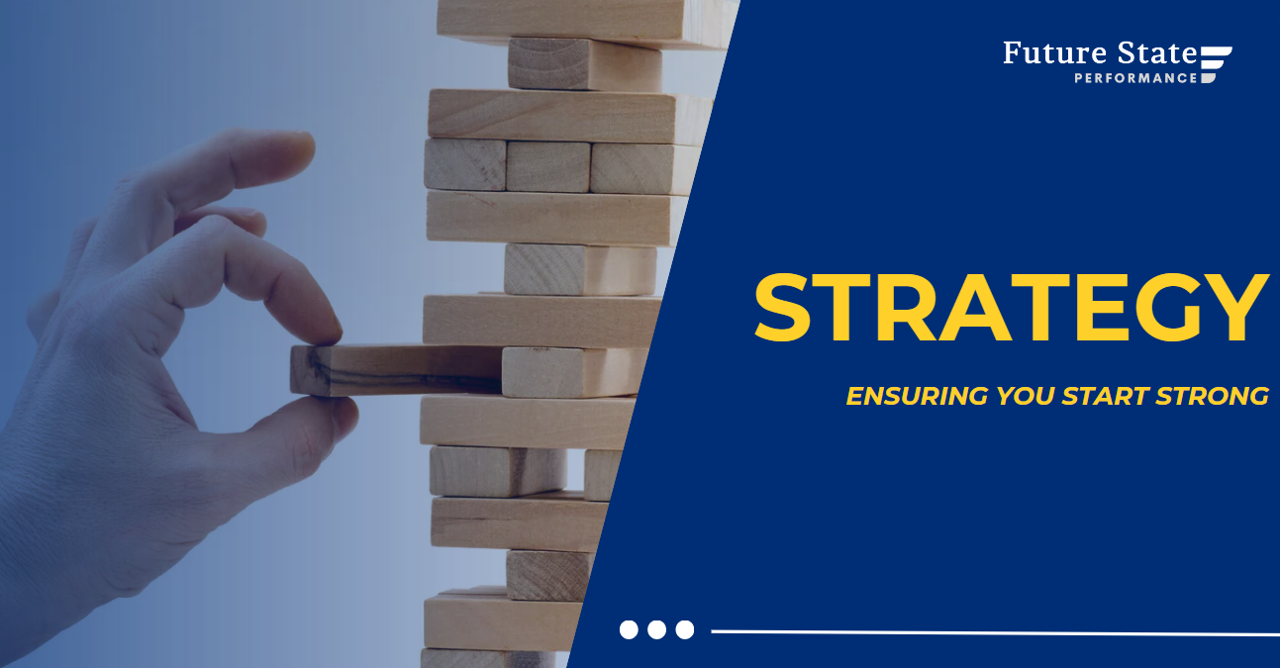🚀 Business REFLECTION: Leveraging the Tri-Layered Business Performance Assessment 📊
Every high performing strategy needs a starting point, and the pivotal step here is the retrospective examination of the entire year. This reflective journey is the starting point for the strategy roadmap that lies ahead of you.
In the fluid trading environment of today’s business landscape, meticulous attention to every nuance of operations is imperative. And through this landscape a high-performing strategy rests on two pivotal pillars:
PROTECTION & ADAPTION.
The approach to crafting a strong plan involves utilising the starting point as the compass, determining the GAP between the current state and where your business needs to be in 3 / 6 / 9 / 12 months. These quarters serve as critical checkpoints, becoming hyper aware of the potential and relentless changes and challenges that lie ahead of you, both externally and internally.
Enter the Tri-Layered Performance Assessment
This holistic approach encompasses every facet of the business. It’s a strategic framework, not just a snapshot; and it’s a journey that will capture impactful insights, creating a reservoir of knowledge to support leaders in shaping their businesses forward. When applied quarterly, it transforms into an ever evolving narrative, that will reveal powerful trends that guides the business trajectory with precision.
In the realm of strategic planning, building a strategy is not just about determining “what to do”; it’s also very much about learning “what NOT to do.”
- 🌐 EXTERNAL: Marketplace Insights:
Turbulence Analysis:
Navigate the marketplace dynamics. How did external forces shape the industry, and what course did the business chart in response?
Competitor Landscape:
Learn from competitors. What strategies proved successful or failed for them? Extract lessons from their journey.
Customer Feedback:
Immerse in customer insights. What are their evolving needs? Continuous dialogue is key to understanding, so keep asking as you can’t ever hear enough from your customers
Innovation:
Is the market signalling the need for rapid innovation? Assess changes throughout the year.
Or is there an opportunity to leap ahead?
Strategic Insights:
Evaluate last year’s strategy. What stages could be refined? Identify what worked well and carry those successes forward. Identify what didn’t and take those learning with you on your journey.
Patterns and Trends:
Develop recurring themes. How can these insights shape strategic decisions for the upcoming year?
Alignment of Strategies:
Unify strategies across marketplace, business, and teams. Cohesion is the linchpin to sustained success.
There should be ONE strategy, a guiding light for all streams of work.
- 🏢 INTERNAL 1: Business Performance:
Financial Health Check:
Delve into financial intricacies. How did revenue, expenses, and profit margins fluctuate? Refine financial strategies.
Operational Efficiency/Effectiveness:
Scrutinize operational efficiency. Were there bottlenecks or streamlined processes? Improve operations for enhanced business agility.
And ensure that the processes you are improving are adding true value, so they are effective as well as efficient. In this current environment, ability to adapt and react quickly is paramount.
Innovation and Adaptation:
Gauge your business’s ability to innovate. What new products, services, or processes were introduced?. What new elements were introduced, and how did the business adapt to unforeseen challenges?
- 👥 INTERNAL 2: Team Dynamics:
Employee Engagement:
Gauge the team’s pulse. How engaged were they, and what initiatives can boost morale and productivity?
How are you measuring engagement? AND what about fulfilment? Companies are great for performance metrics, start understanding how satisfied / fulfilled they are and bought into the company vision.
People can be your best allies or worst protagonists, the choice is yours!
Skills Development:
Assess team skill sets. Identify expertise gaps and plan training initiatives for alignment with future business needs.
Every strategy will involve new activities, ensure your teams are trained and ready.
Collaboration and Communication:
Evaluate cross-functional collaboration. How effectively did departments work together, and what strategies can enhance synergy?
Its not just good enough to be functionally excellent, companies must be cross functionally excellent.
To Conclude
As a business leader, when you embark on your strategy journey, remember, every STRONG strategy needs a STRONG starting point!
The TRI-Layered Performance Assessment will provide your business with all the learnings it requires to understand what NEEDS to be done BETTER.
The strategy itself will then tell you what BETTER things NEED to be done.
__________________________________
💬 How are YOU planning to weave these insights into their strategic roadmap for the upcoming year? ___________________________________
#systemsthinking #futuresteacademy #BusinessAssessment #StrategicCommunication #Leadership #StrategicPlanning #BusinessSuccess 📊🚀


